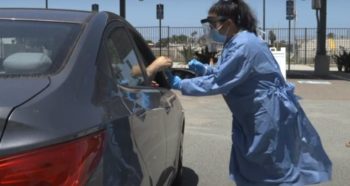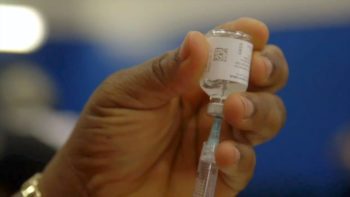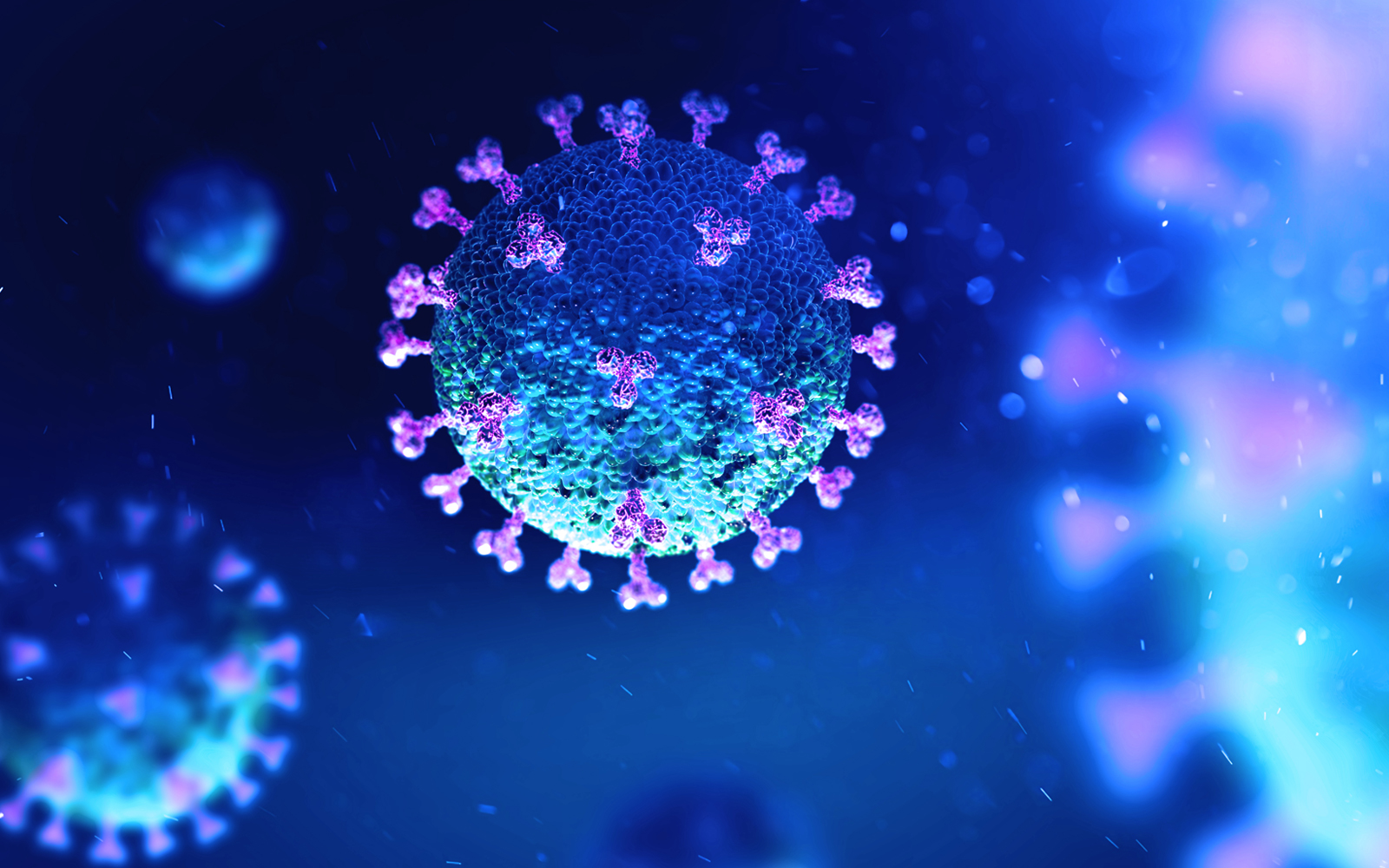The state yesterday introduced a new set of guidelines intended to measure the impact the novel coronavirus is having on the county’s most disadvantaged communities. The new health equity metric is in addition to the case rate and positivity rate metrics and will be used to determine which tier of the state’s Blueprint for a Safer Economy the county is placed in.
The metric will only be used to help a county move to a less restrictive tier and allow the opening of further sectors of the economy, not to move backwards to more restrictive tiers.
“It has been clearly documented that certain communities, including low-income neighborhoods, areas that a large number of essential workers call home, and certain communities of color have been disproportionately impacted by COVID-19,” said Wilma J. Wooten, M.D., M.P.H., County public health officer. “About a quarter of Californians live in such communities, yet they make up 40 percent of the state’s COVID-19 cases.”
Throughout the pandemic, the County has focused its testing, tracing and treating, or T3 efforts, in the communities that data shows have been hit hardest by the virus. The new metric will help the County better identify where it should expand outreach, offer testing and invest in resources in an effort to lower infection rates, hospitalizations and reduce the number of deaths.
Emergency Rental Assistance
The economic downturn caused by the COVID-19 pandemic has taken a toll on the finances of many County residents, and those who are unable to pay rent can apply for assistance. Residents who are facing possible eviction can apply for up to two months’ rent, or $3,000, whichever is less, to pay for past-due or upcoming rent.
To learn more about the program or apply, people can visit www.SDHCD.org. The deadline to apply is midnight, Thursday, Oct. 8 and eligible applicants will be selected at random.
To be eligible, households must be renting and have experienced financial hardship directly related to COVID-19. This includes a loss or reduction of income due to COVID-19, or an increase in medical expenses incurred as a direct result of COVID-19.
For more program information, including how to apply and detailed eligibility criteria, visit www.SDHCD.org or call (858) 694-4801.
State Metrics:
- Under the state monitoring metrics, San Diego County remains in Tier 2, also referred to as the Red Tier.
- San Diego’s state-calculated, adjusted case rate is 6.5 per 100,000 residents, down from 6.7. The unadjusted case rate is 7.0, down from 7.2.
- The testing positivity percentage is 3.5%, the same as last week.
- The California Department of Public Health will assess counties on a weekly basis, with the next report scheduled for Tuesday, Oct. 13.
Community Setting Outbreaks:
- Nine new community outbreaks were confirmed on Oct. 6: three in business settings, two in restaurants, one in a restaurant/bar, one in a grocery setting, one in a food processing setting and one in a hair salon/barbershop.
- In the past seven days (Sept. 30 through Oct. 6), 15 community outbreaks were confirmed.
- The number of community outbreaks remains above the trigger of seven or more in seven days.
- A community setting outbreak is defined as three or more COVID-19 cases in a setting and in people of different households over the past 14 days.
Testing:
- 10,615 tests were reported to the County on Oct. 6 and the percentage of new laboratory-confirmed cases was 3%.
- The 14-day rolling average percentage of positive cases is 2.9%. Target is less than 8.0%.
- The 7-day, daily average of tests is 9,264.
- People with and without symptoms who are at higher risk for COVID-19 should be tested. Healthcare and essential workers should also get a test, as well as people who had close contact to a positive case or live in communities that are being highly impacted.
Cases:
- 354 new cases were confirmed among San Diego County residents on Oct. 6. The region’s total is now 49,175.
- None of the 354 new cases are connected to San Diego State University. The total number of cases connected to SDSU students is here.
- 3,626 or 7.4% of cases have required hospitalization through Oct. 6.
- 839 or 1.7% of all cases and 23.1% of hospitalized cases had to be admitted to an intensive care unit.
Deaths:
- Seven new COVID-19 deaths were reported in San Diego County on Oct. 6. The region’s total is now 813.
- Three women and four men died between Sept. 17 and Oct. 5, and their ages ranged from late 60s to late 80s.
- All had underlying medical conditions.
More Information:
The more detailed data summaries found on the County’s coronavirus-sd.com website will be updated around 5 p.m. today.




